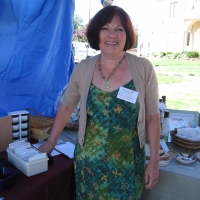Cinnamon is sensational
-
beckysc 18 years ago Flag
-
 divaliscious
17 years ago said:
Flag
divaliscious
17 years ago said:
Flag
-
 pointsevenout
17 years ago said:
Flag
pointsevenout
17 years ago said:
Flag
-
 pointsevenout
17 years ago said:
Flag
pointsevenout
17 years ago said:
Flag
-
 divaliscious
17 years ago said:
Flag
divaliscious
17 years ago said:
Flag
Have a comment? Join this group first →
Group Details

- Creator
-
caseyhelbling

- Type
- Public
- Members
- 171
- Age
- 19 years ago
- Activity
- low
- Membership
- Join the Group
Did you know?
You can find quick links to all discussions you've taken part in via the "Discussions" tab.
